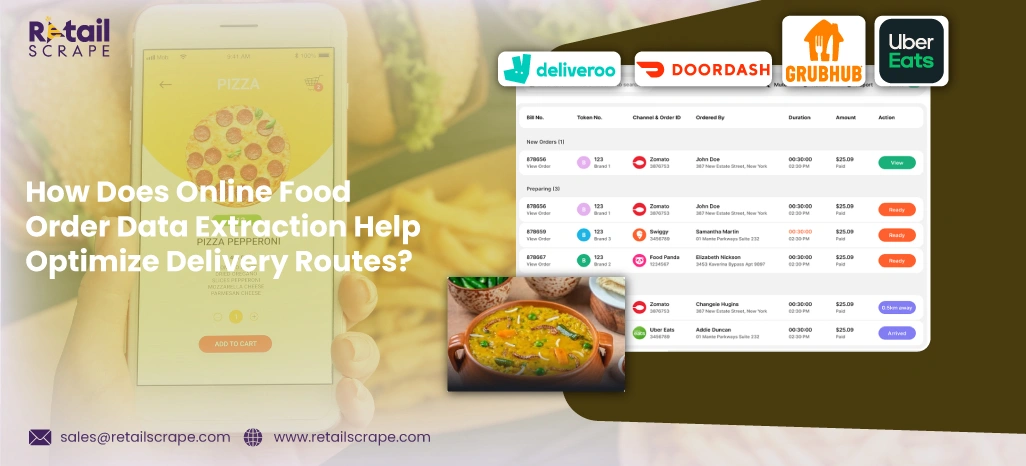
Introduction
The food delivery industry has experienced significant growth in recent years, with platforms such as Uber Eats, Grubhub, DoorDash, and Deliveroo becoming household names. The ease and convenience of ordering food online have revolutionized how consumers access meals, while the ongoing digital transformation has brought new opportunities for food delivery businesses. To stay competitive and drive efficiency, many food delivery services are turning to data analytics in the online food ordering industry to optimize operations, improve customer experiences, and increase profitability.
In this article, we will explore the role of data analytics in optimizing food delivery services. We will examine how data-driven insights can enhance various aspects of the food delivery process, including route optimization, customer preferences, inventory management, pricing strategies, and more. Additionally, we will explore the importance of online food order data extraction in gathering valuable insights for business decision-making.
Route Optimization and Delivery Efficiency
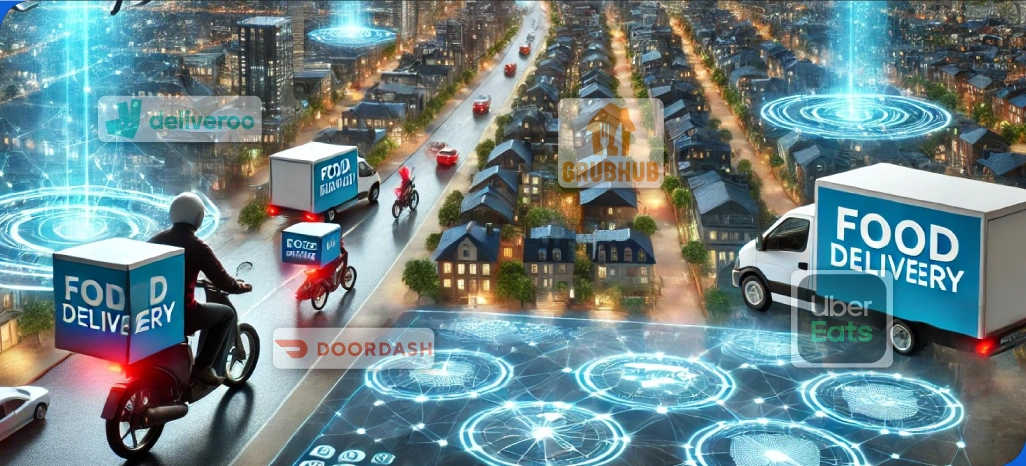
One of the most critical aspects of food delivery is ensuring that deliveries are completed quickly and efficiently. Late deliveries not only impact customer satisfaction but also affect the overall profitability of the food delivery service due to increased operational costs and wasted resources. By leveraging data analytics, food delivery services can optimize delivery routes in real-time, ensuring faster deliveries and more efficient resource use.
Food delivery data scraping tools help food delivery services collect and analyze location data, traffic patterns, weather conditions, and delivery times. Using historical data and real-time information, algorithms can predict the best possible routes for delivery drivers. This reduces delivery times, minimizes fuel consumption, and maximizes the number of deliveries a driver can complete in a given timeframe.
For example, by analyzing traffic data, a food delivery service can avoid congested areas, reroute drivers to faster roads, or delay certain deliveries during peak hours. Additionally, real- time food data scraping can help estimate delivery times more accurately, which helps businesses set realistic customer expectations and avoid late deliveries.
Personalizing Customer Experience through Data Insights
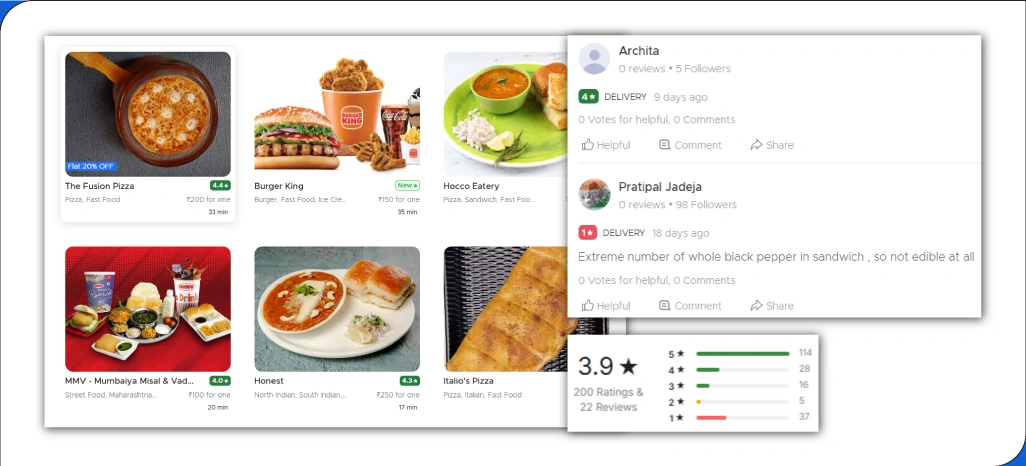
Understanding customer preferences is crucial in the highly competitive food delivery market. By leveraging customer data, food delivery services can offer personalized experiences that drive customer satisfaction and loyalty. Data analytics allows businesses to analyze customer behavior, purchase history, location, and demographic information to create personalized recommendations, tailored promotions, and individualized offers.
Web scraping food delivery services can gather data from customer interactions, helping platforms offer highly personalized suggestions. For instance, if a customer frequently orders vegetarian meals, the platform can recommend vegetarian options during the next order, enhancing the user experience. Additionally, data analytics can help identify trends such as popular food items, peak ordering times, or the preferred types of cuisines in specific regions, enabling food delivery services to better cater to their target market.
By analyzing customer reviews and feedback, extract food delivery app data tools can also highlight areas for improvement, allowing businesses to address concerns and improve service quality. Over time, this personalized approach helps food delivery services build stronger customer relationships, increasing retention rates and driving repeat business.
Optimizing Inventory and Menu Offerings
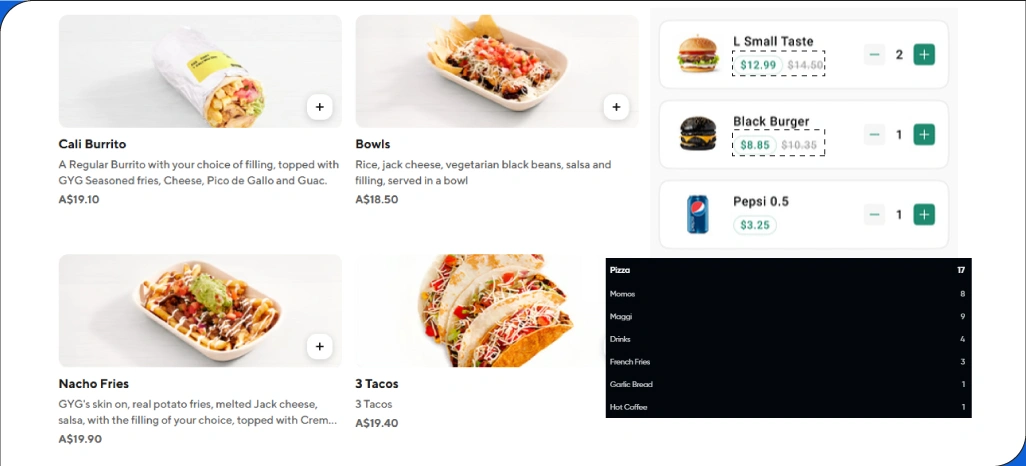
Efficient inventory management is vital for food delivery businesses. It ensures that popular items are always available while minimizing food waste. Data analytics is critical in tracking inventory levels, predicting demand, and making informed decisions about which items should be included on the menu.
By analyzing historical sales data, food delivery services can predict which items will be in demand at different times of the day, week, or year. This predictive capability enables businesses to optimize their stock levels, ensuring they have enough of the most popular ingredients and minimizing the chances of running out of stock. It can also help reduce food wastage by identifying items with low sales potential and removing them from the menu. Data analytics also aids in pricing optimization by analyzing customer spending habits and competitor pricing strategies. This enables food delivery services to offer competitive prices while maintaining healthy profit margins. For example, by tracking price elasticity, businesses can adjust their prices dynamically based on factors like demand, weather conditions, or special promotions.
Enhancing Marketing Strategies with Data Insights
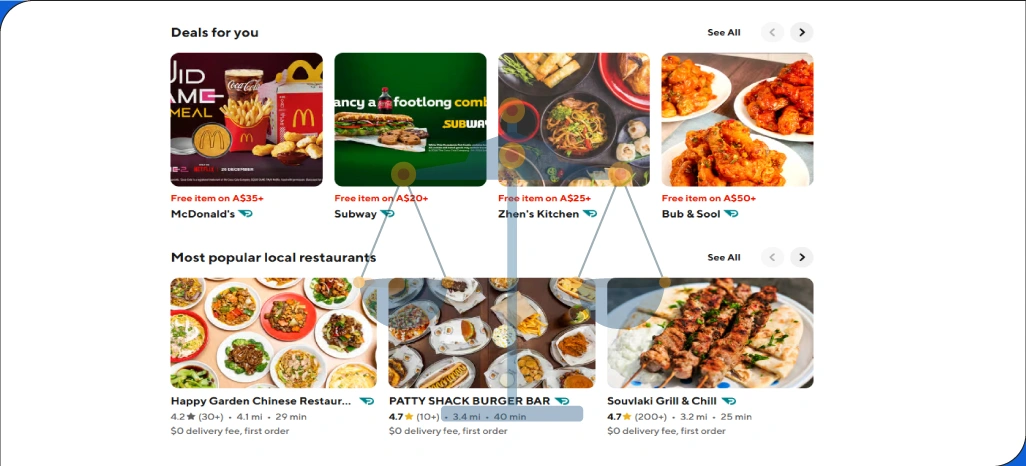
Effective marketing is essential for driving orders and attracting new customers. Data analytics helps food delivery services fine-tune their marketing efforts by providing insights into customer preferences, behavior, and the effectiveness of past marketing campaigns. Businesses can target their marketing campaigns more effectively by analyzing customer data, ensuring they reach the right audience with relevant offers.
For example, food delivery platforms can segment their customer base based on ordering frequency, cuisine preference, location, and demographics. This allows them to create targeted email or push notification campaigns that resonate with each segment. If a customer has not ordered in a while, a promotional offer can be sent to encourage them to place another order. Similarly, discounts or special deals can be offered to customers who frequently order from specific restaurants or cuisines.
Data-driven insights also help businesses determine the optimal time to launch promotions, whether during slow periods to boost sales or during peak hours to capitalize on high demand. By leveraging data to understand customer behavior, food delivery services can execute more effective and cost-efficient marketing campaigns.
Predictive Analytics for Demand Forecasting
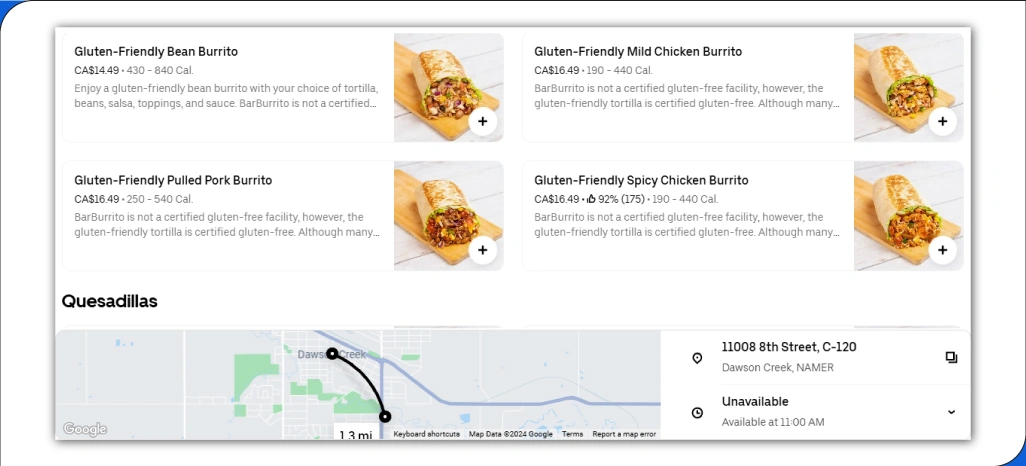
Forecasting demand is another area where data analytics significantly impacts optimizing food delivery services. Predictive analytics tools can analyze historical data, seasonal trends, weather forecasts, holidays, and local events to predict demand fluctuations. By accurately forecasting demand, food delivery services can prepare better, ensuring they have the right number of drivers, adequate inventory, and sufficient restaurant staff to handle increased orders. For instance, on rainy days, food delivery platforms can expect a spike in orders, especially for comfort food. Predictive analytics can help prepare for such spikes by adjusting staffing levels or rerouting drivers to higher-demand areas. Similarly, during holidays or special events, food delivery services can anticipate a surge in orders and make necessary adjustments to ensure smooth operations.
Accurate demand forecasting helps businesses reduce operational costs, improve service quality, and minimize the risk of understocking or overstaffing. By anticipating demand, food delivery services can ensure they are well-prepared to meet customer expectations.
Improving Delivery Fleet Management
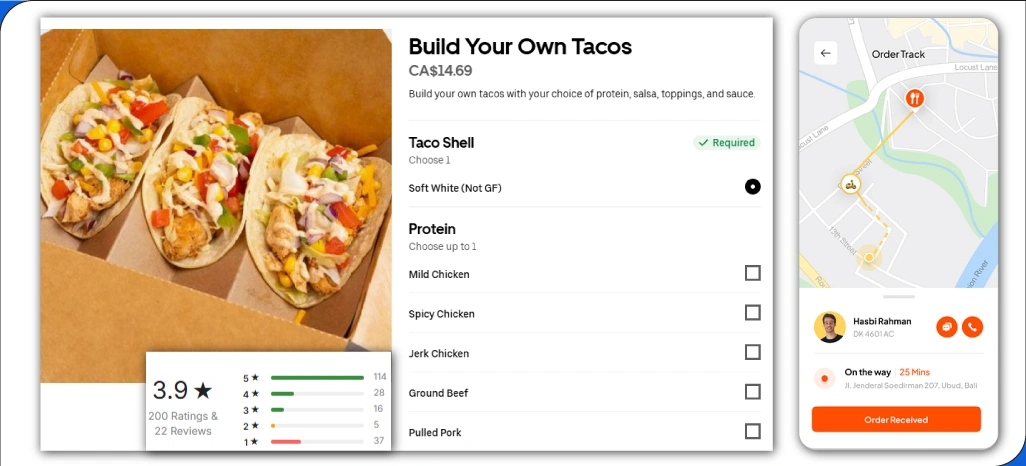
Managing a fleet of delivery drivers efficiently is crucial for any food delivery service. Data analytics is vital in optimizing fleet management by tracking delivery driver performance, identifying inefficiencies, and improving route allocation. Businesses can identify top- performing drivers and allocate resources effectively by analyzing data on driver speeds, delivery times, and customer ratings.
Data-driven insights also help with workforce scheduling. For example, analyzing past delivery trends can predict peak hours, enabling food delivery services to schedule more drivers during busy periods. This ensures that drivers are available when needed, reducing customer wait times and improving overall service levels.
Monitoring driver behavior through data analytics can also improve safety and reduce costs. By tracking speed, fuel consumption, and adherence to traffic laws, food delivery services can optimize driver routes and reduce expenses associated with fuel and maintenance.
Customer Feedback and Sentiment Analysis

Customer feedback is one of the most valuable sources of information for food delivery services. However, manually analyzing large volumes of reviews, ratings, and social media comments can be time-consuming and inefficient. Data analytics tools such as sentiment analysis and text mining can automate the process, allowing businesses to analyze customer feedback at scale.
Food delivery services can analyze customer reviews and social media comments to identify common pain points, areas for improvement, and emerging trends. For example, the business can investigate and implement corrective actions if many customers complain about long delivery times or poor food quality. On the other hand, positive feedback can highlight aspects of the service that should be emphasized in marketing campaigns.
Sentiment analysis can also help food delivery services track brand perception over time. Businesses can adjust their strategies and improve their offerings by identifying whether customers feel positively or negatively about the service.
Conclusion
Data analytics is crucial in optimizing food delivery services. It provides valuable insights that improve operational efficiency, enhance customer experience, and drive profitability. From route optimization and personalized recommendations to demand forecasting and inventory management, data-driven decision-making empowers food delivery services to stay competitive in an ever-evolving market.
As the food delivery industry grows, leveraging data analytics will be essential for businesses looking to maintain a competitive edge. By embracing data-driven approaches, food delivery services can meet customer expectations and exceed them, driving long-term growth and success. Food delivery apps data collection is a key tool in this process, enabling businesses to gather actionable insights and make informed decisions.
Transform your retail operations with Retail Scrape Company’s data-driven solutions. Harness real-time data scraping to understand consumer behavior, fine-tune pricing strategies, and outpace competitors. Our services offer comprehensive pricing optimization and strategic decision support. Elevate your business today and unlock maximum profitability. Reach out to us now to revolutionize your retail operations!
